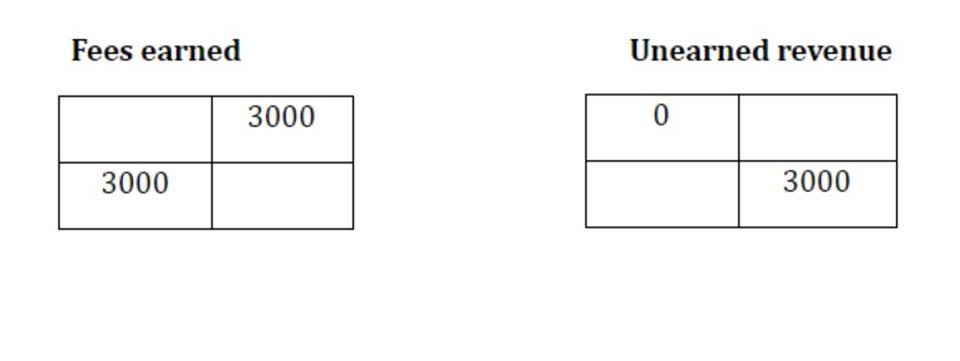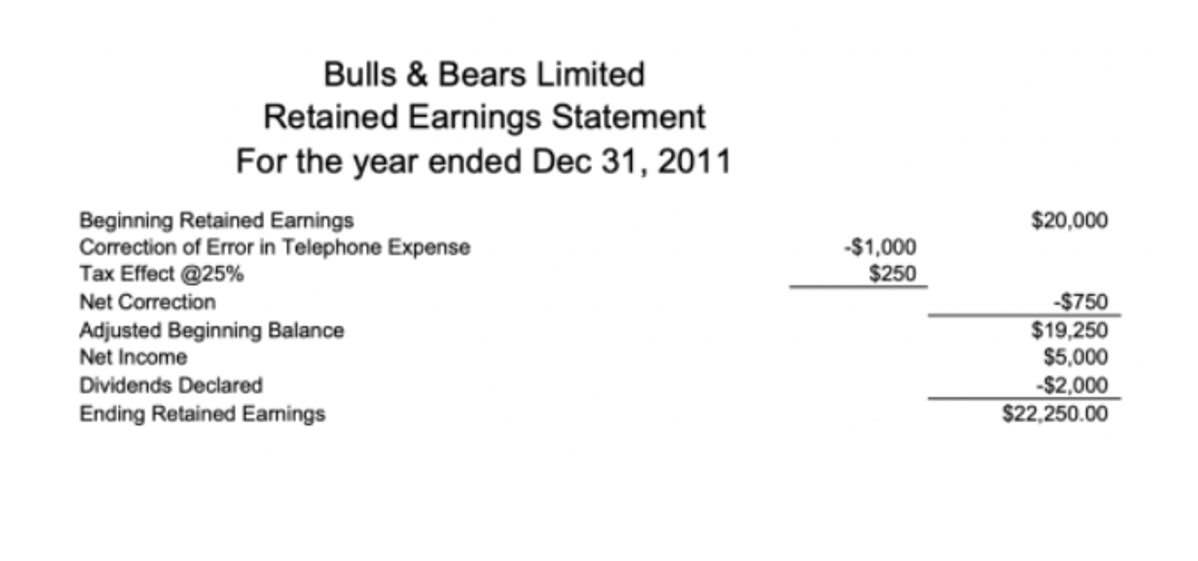
A downside of Pilot is that the main way to communicate with finance experts is via email, which can make it harder to get quick replies. You also can’t pay on a month-to-month basis, unlike a few others on our list. Because every client and their needs vary so widely, we provide flexible, unique pricing for every client. Get in touch with one of our specialists today to get your quote or click here to get started. Login.gov has helped over 70 million users access government benefits and services faster, easier, and more securely.
Some companies choose to hire in-house bookkeepers instead of outsourcing them. Merritt Bookkeeping has the most competitive pricing on our list and is the only one to offer a flat rate for all types of businesses. Unfortunately, if flexibility is what you’re looking online bookkeeping services for, Merritt Bookkeeping may not be for you since you can only import data from QuickBooks Online. If you’re looking for something very cheap and simple and your business is in its very early stages, the affordability of Merritt Bookkeeping makes it a good choice.
What Are Some Online Bookkeeping Best Practices as A Business Owner?
If an account has a debit balance, the balance amount is copied into Column Two (the debit column); if an account has a credit balance, the amount is copied into Column Three (the credit column). The debit column is then totalled, and then the credit column is totalled. The two totals must agree—which is not by chance—because under the double-entry rules, whenever there is a posting, the debits of the posting equal the credits of the posting.
- Due to COVID-19, My Count Solutions offers the best bookkeepers at your disposal at an affordable price.
- In addition to everything from the first tier, this plan also offers up to 20 invoices in the bill pay feature, 30 minutes of monthly scheduled meetings, and unlimited online support.
- AccountsBalance is a monthly bookkeeping service specialized for agencies & SAAS companies.
- Additionally, having all your transactions accurately recorded and categorized will make it easier for your accountant to complete your filing process.
- Your online bookkeeper will get to know your business and industry, and customize your setup accordingly.
- When you use QuickBooks Online Accountant, you can join the QuickBooks Pro Advisor program, which offers courses leading to the core or advanced QuickBooks Online Certification.
For businesses with over $200,000 of monthly expenses, this might offer the type of customization you’d need. Some additional services you may have access to include inventory tracking, BillPay, CFO services, and tax services. While Merritt offers only simplified bookkeeping without tax service and payroll processing, it could still be a great choice for you if you’re looking for no-frills cheap online bookkeeping services.
Online Bookkeeping Services – Top 5 list for 2022
As your business grows and you begin making higher profits, hiring staff and handling more transactions, however, it may make sense to outsource the details of bookkeeping to someone else. Over 110 million people have signed up for courses and over 125,000 students have enrolled in this specific bookkeeping course. Offered by the University of Virginia’s Darden School of Business, this Coursera class is taught by top-ranked faculty and is specifically tailored to help small business owners understand their finances. Unfortunately, the website doesn’t mention the pricing for these, so you’ll have to reach out to the team to determine how much you’ll be paying each month for these services. Agents that work through Paro aren’t random freelancers looking for a summer job.
- Employees enjoy flexibility, lots of training and development opportunities, and incentive-based income.
- We recommend verifying with the source to confirm the most up to date information.
- You can complete everything on your own time and you don’t need prior experience in accounting.
- If you purchase a Coursera subscription, you’ll get a certificate of completion that you can share with others once you’ve completed the course materials.
- In some cases, your cleanup may take longer depending on timeliness of documentation and the complexity of your books.
Get a direct line to your team on desktop or mobile—professional support is just a few swipes, taps, or clicks away. A Live Bookkeeper cannot begin cleaning up your past books until they receive the required supporting documentation, which your bookkeeper will request from you after your first meeting. Once your bookkeeper receives all the necessary documentation, they’ll typically complete your cleanup within 30 days.
Can free online business courses help me start a small business from scratch?
Non-profits that are required to follow GAAP must use accrual basis accounting. Free and low-cost online bookkeeping courses are an excellent way to learn bookkeeping. These courses focus on bookkeeping fundamentals to enhance knowledge and bookkeeping skills. Every business needs a bookkeeper as they need to manage their books of accounts effectively. Further, they need to meet the requirements of filing tax returns and financial statements with their local revenue authorities. Many small companies don’t actually hire full-time accountants to work for them because of the cost.
LOC Bookkeeping Business themountainpress.com – The Mountain Press
LOC Bookkeeping Business themountainpress.com.
Posted: Tue, 17 Oct 2023 01:55:00 GMT [source]
Bookkeepers, like many freelancers, are typically charged by the hour rather than making a steady salary. Assuming a 40-hour workweek, this is equivalent to a salary of $35,000 a year. However, bookkeepers can make up to $60 per hour if they receive the right bookkeeping training. Accountants use the information collected by bookkeepers to analyze a business’s overall finances. They arrange the pieces that bookkeepers organize to put together the larger picture of a business’s spending habits and earning potential.
Therefore, Paro’s platform won’t be for everyone, especially not business owners looking to simplify the hiring process and have a clear pricing range from the get-go. First, there’s the Monthly plan, priced at $399/month or $349/month with the current discount (cash-based accounting) and $549/month or $499/month (accrual-based accounting). Note that the price is higher for users with more than $20,000 in monthly expenses. This package comes with a dedicated accountant, monthly reconciliation, profit and loss, and balance sheet. Besides the aforementioned metrics, there are several other things we keep an eye out for during our research.

Many bookkeepers hone and develop their expertise over time while others opt to complete seminars, read books or take online classes. We know how important it is to find reliable online classes, so we researched more than 30 different sites offering online bookkeeping classes, from educational institutions to online learning platforms. We considered the reputations of the institutions offering the courses as well as those of the instructors. We also examined the types and costs of class materials, the availability of in-person support, and the success rates of students. The program covers topics such as payroll, wholesale accounting, revenue, expenses, assets, liabilities, financial reports, tools used in the industry, and more. With this program, you’ll get eight courses which feature 14 exams and three submitted projects.
